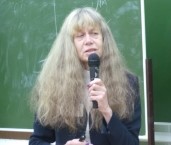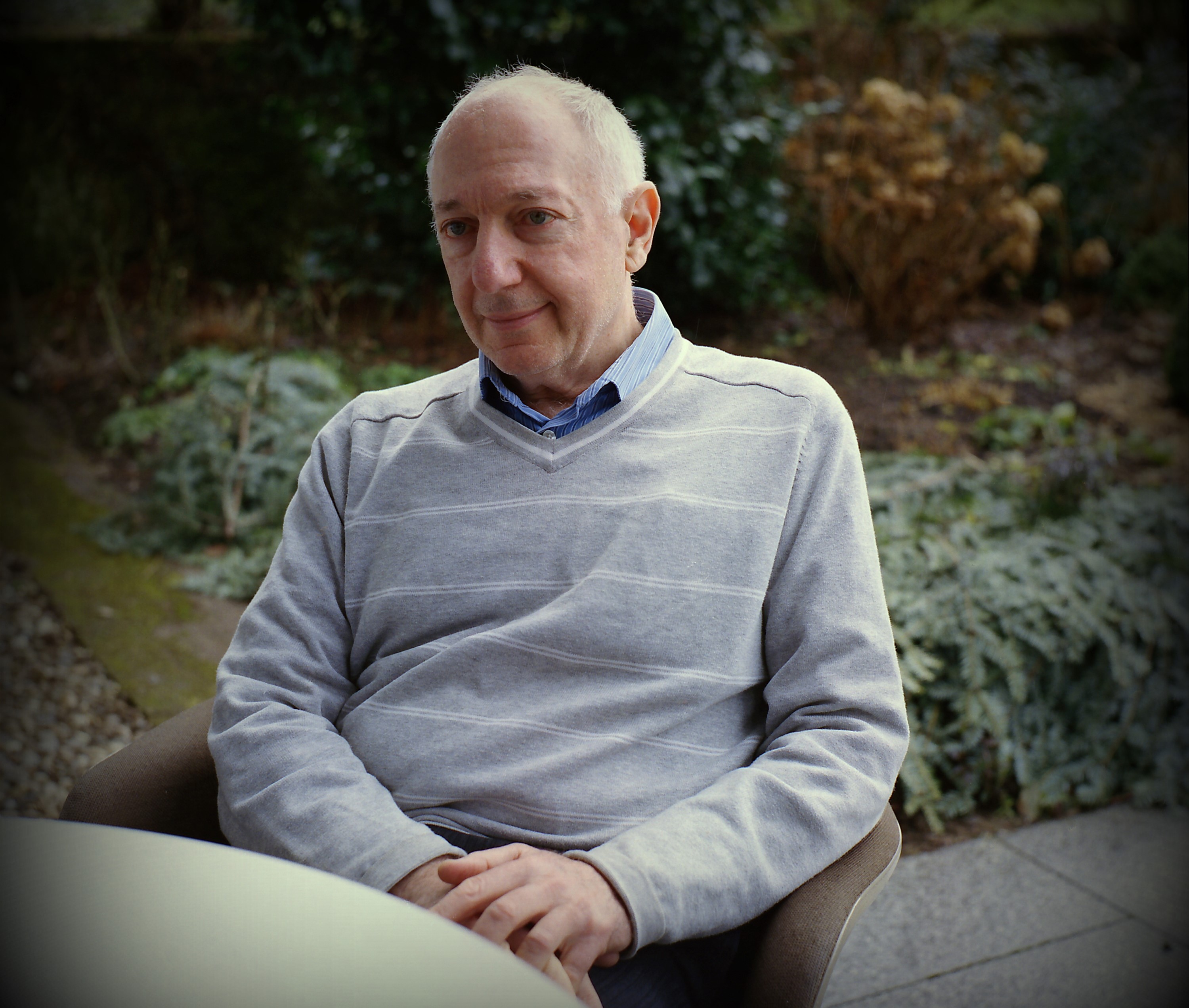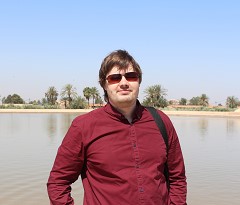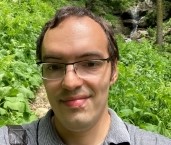16.00-16.15 П.А. Мозоляко: Дискретные потенциалы типа Друри-Арвесона
Мы рассматриваем одну задачу теории потенциала на графах, связанную с известным функциональным пространством Друри-Арвесона в шаре.
16.20-16.35 Т.Г. Батенев: Представляющие системы из воспроизводящих ядер в пространствах
Система элементов $\{x_n\}_n$ бесконечномерного топологического векторного пространства $X$ называется представляющей для $X$, если любой элемент пространства раскладывается в сходящийся ряд по элементам $x_n$ с некоторыми коэффициентами. Изучение представляющий систем началось с работ A.Ф. Леонтьева, который доказал, в частности, что любую аналитическую функцию в ограниченной выпуклой области можно представить рядом экспонент (показатели экспонент зависят только от области). В докладе будет описана элементарная конструкция построения представляющих систем из "ядер Коши" в пространствах Харди $H^p$ в шаре и полидиске, а также представляющих систем из воспроизводящих ядер в некотором классе весовых пространств Харди в круге.
16.40-16.55 Р.Ш. Хасянов: Оценки сумм коэффициентов подчинëнных функций
На докладе я расскажу про задачу о сравнении сумм квадратов коэффициентов подчиненных функций, а также о связи этой проблемы с неравенствами Бора.
17.00-17.15 А.А. Лишанский: Гиперцикличность оператора обратного сдвига на графах
В 2023 году К.-Г. Гросс-Эрдманном и Д. Папатанасиу были опубликованы критерии гиперцикличности оператора обратного сдвига в весовом пространстве l_p на ориентированном дереве. В докладе представлены первые результаты такого рода для ориентированных графов, не являющихся деревьями, полученные совместно с А. Д. Барановым.
17.20-17.35 И.И. Заволокин: Об инвариантах 3 эрмитовых форм трех переменных
 äîêëàäå ïëàíèðóåòñÿ îáñóäèòü ìîäåëüíûå ïîâåðõíîñòè, ñâÿçàííûå ñ íèìè ãåî-
ìåòðèþ è àëãåáðó. Áóäåò ðàññêàçàíî î çàäà÷å ïîèñêà ñèñòåìû èíâàðèàíòîâ â ñëó÷àå
òðåõ ýðìèòîâûõ ôîðì.
17.40-17.55 Л.П. Горбунов: Асимптотическое поведение мер на пространстве m-адических интервалов
Теорема Марштранда утверждает, что для нецелого $\alpha$ борелевская локально конечная мера на евклидовом пространстве не может почти всюду иметь конечные и положительные дробные $\alpha$-плотности. Более того, верно следующее её обобщение: отношение верхней дробной $\alpha$-плотности к нижней отделено от единицы константой, зависящей только от $\alpha$ и размерности пространства — т.е. присутствует «зазор». К сожалению, численные оценки на этот «зазор» неизвестны. В моей работе был доказан аналог обобщённой теоремы Марштранда для более просто устроенного пространства $m$-адических интервалов с получением явной оценки на «зазор».
18.00-18.15 В.М. Егоров: Целозначные целые функции
В 1915 году Дьёрдь Пойа опубликовал статью, в которой доказал сле-
дующие теоремы.
Теорема 1 Если f(z) - целая функция такая, что f(N) ⊆ Z, limR→∞
R
1
2 max|z|=R|f(z)|
2R =
0, тогда f(z) - многочлен.
Теорема 2 Если f(z) - целая функция такая, что f(Z) ⊆ Z, limR→∞
R
3
2 max|z|=R|f(z)|
(
3+√
5
2
)R =
0, тогда f(z) - многочлен.
Позже Харди опубликовал статью , в которой показал, что утверждения
теорем справедливы, если заменить R
1
2 и R
3
2 на 1,R соответственно.Доклад
будет содержать более простое доказательство теоремы 2,принадлежащее
автору, основанное на применении разностных операторов, а также обзор
основных достижений в этой области науки и открытых проблем.





